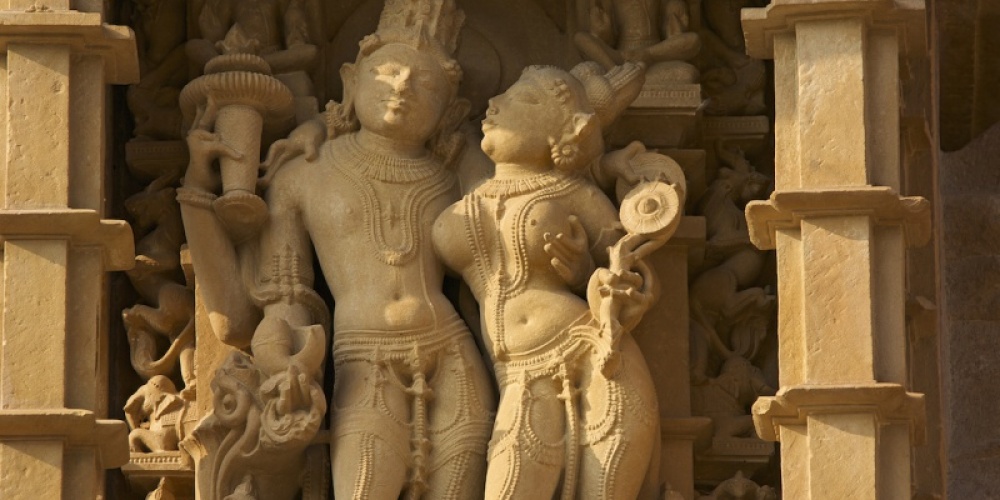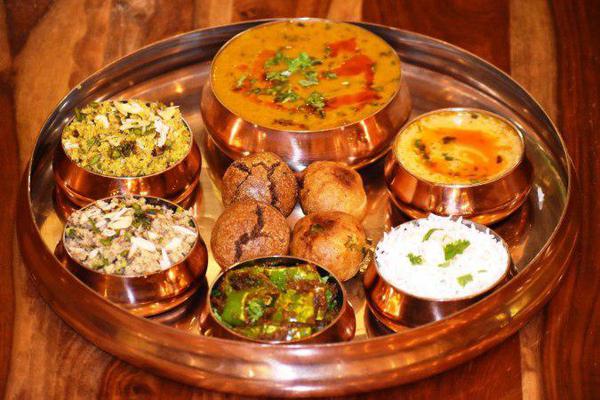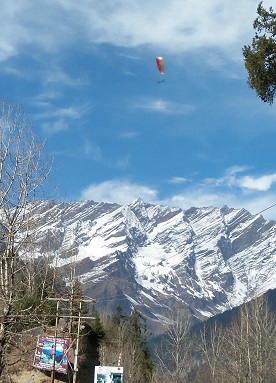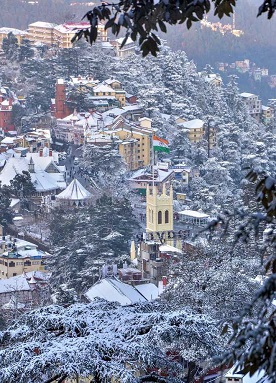
Khajuraho Travel Guide
Khajuraho is located in the heart of India, in Madhya Pradesh. It is the place that reflects India’s rich cultural and artistic history. It is best known for its intricately carved temples and is recognized as a UNESCO World Heritage Site. Travelers, historians, and art lovers from across the world come here to witness its beauty.
There is an interesting fact about Khajuraho. The name Khajuraho comes from the khajur, or date palm. Do you know why? Because khajur grows in the region. Beyond its famous temples, the town has long been a center of culture and was historically home to one of India’s notable royal families.
While the temples often appear on travelers’ photos and social media posts, there is more to Khajuraho than these sacred sites. In the following sections, we share detailed insights on the town’s attractions and provide practical tips to help plan a visit to this cultural treasure.
What to See in Khajuraho
There are numerous attractions, including temples, to see in Khajuraho. From the temples to the forts and nearby nature sanctuaries, you will find plenty of places to explore. Each spot is striking in its own way and perfect for photography, making them likely to earn plenty of admiration on social media.
Khajuraho Group of Monuments
Khajuraho’s temples are easily the town’s most visited spots, and it is easy to see why. Each temple showcases remarkable craftsmanship and tells stories from centuries past. Most are dedicated to Hindu gods, yet many also feature bold, intricate carvings that reflect a more intimate side of life. Visitors often spend hours admiring the details, from the exterior walls to the finely sculpted interiors. These sculptures depict Hindu deities, and some sculptures are also erotic. For convenience, the temples are divided into three main clusters: West, East, and South, each offering its own unique charm.
Lakshmana Temple
A perfect example of Nagara-style architecture, the Lakshmana Temple is. Built in the 10th century and dedicated to Lord Vishnu, the temple features intricate carvings depicting gods, goddesses, erotic arts, and scenes from everyday life. The temple’s tall spire and sculpted pillars draw visitors into its artistic grandeur. Its intricate artwork tells stories of devotion, myth, and culture, making it one of Khajuraho’s most photographed and admired monuments.
Dulhadev (Duladeo) Temple
Dulhadev Temple is a small yet intriguing site in Khajuraho. It has a simple yet elegant architecture. Dedicated to Lord Vishnu, the temple is both spiritually and artistically significant. The detailed carvings on its walls and pillars will mesmerize you. You can enjoy the serene ambiance. Plus, you will have the chance to observe the sculpted figures closely. You will have a glimpse into the town’s rich cultural heritage.
Chitragupta Temple
Chitragupta Temple stands out for its ornate carvings and historical significance. Dedicated to Surya (the Sung God). It displays figures and sculptures from mythology, along with scenes of daily life. Here, you will not find erotic carvings or sculptures. The temple’s detailed decorations and delicate sculptures reveal the skill of the artisans of Khajuraho. With its combination of religious importance and visual beauty, it attracts both devotees and tourists alike. So, visit this temple on your Khajuraho trip and admire the symmetry and craftsmanship that have endured for centuries.
Varaha Mandapa
Varaha Mandapa is a small yet captivating hall located near the Lakshmana Temple. It is dedicated to Varaha, the boar incarnation of Lord Vishnu. The mandapa’s sculptures depict the story of Varaha rescuing the Earth from the demon Hiranyaksha, along with other intricate carvings of gods and goddesses. The attention to detail in the stonework and the serene atmosphere make it a quiet spot for reflection and photography, highlighting the artistic depth of Khajuraho’s temples.
Kandariya Mahadeva Temple
Kandariya Mahadeva Temple is the largest and most magnificent of Khajuraho’s temples. Dedicated to Lord Shiva, it is famous for its soaring spires and intricate carvings covering nearly every surface. The sculptures depict divine beings, celestial dancers, and erotic art, capturing both spirituality and human life. Visitors are often awed by its scale, symmetry, and artistic complexity. It remains a central highlight of Khajuraho and a testament to the skill of 11th-century artisans.
Chaturbhuj Temple (Jatakari Temple)
Chaturbhuj Temple, also called Jatakari Temple, is dedicated to Lord Vishnu. It features a simple yet elegant design with a high central spire and detailed stone carvings. Unlike some of the more crowded temples, Chaturbhuj offers a peaceful environment for visitors to explore its artistic features. The temple’s walls depict scenes from epics and daily life, reflecting both devotion and cultural storytelling. It is a quieter stop that rewards those who enjoy studying intricate craftsmanship.
Jagdambi Temple
Jagdambi Temple is a beautiful, smaller temple dedicated to the goddess Durga. Its walls are adorned with detailed carvings showing divine figures, floral patterns, and everyday life. Though it is less grand than Kandariya Mahadeva or Lakshmana Temple, it offers visitors a chance to admire delicate artistry up close. The serene atmosphere and historical significance make it a meaningful stop, providing insight into the spiritual and artistic life of Khajuraho’s past.
Vishvanath and Nandi Temple
Vishvanath and Nandi Temple is dedicated to Lord Shiva and features a notable Nandi sculpture outside. The temple combines religious importance with remarkable carvings depicting gods, goddesses, and mythological tales. Its compact layout allows visitors to study the intricate details closely. The peaceful surroundings and detailed artwork provide a glimpse into Khajuraho’s craftsmanship. The Nandi statue, in particular, is a favorite for photography and often draws attention from those interested in both art and spirituality.
Chaunsat Yogini Temple
Chaunsat Yogini Temple is an ancient shrine built on a hill outside the main temple complex. It is dedicated to 64 Yoginis, female deities associated with Tantra. The circular, open-air structure offers panoramic views of the surrounding landscape. Unlike other temples, it has a simpler design but significant historical and spiritual value. Visitors often appreciate the combination of scenic beauty, quiet atmosphere, and the unique insight into Khajuraho’s tantric traditions.
Javari Temple
Javari Temple is a lesser-known gem in Khajuraho, offering intricate carvings and historical depth. Dedicated to Lord Vishnu, it showcases artistic details on its walls and pillars, reflecting the skill of medieval artisans. Its smaller size and quieter surroundings make it ideal for visitors seeking a more personal experience. Walking through the temple, one can appreciate the finesse of the sculptures, which depict both mythological events and everyday scenes from the past.
Parsvanath Temple
Parsvanath Temple is one of Khajuraho’s notable Jain temples, dedicated to Lord Parsvanath. Its architecture is elegant, with sculpted walls and finely detailed interiors that depict Jain teachings and figures. The temple provides a glimpse into the Jain community’s historical presence in the region. Visitors often admire its serene atmosphere, artistic precision, and the way it contrasts with the larger, more crowded Hindu temples, offering a quieter but equally enriching experience.
Adinath Temple
Adinath Temple is another prominent Jain site in Khajuraho, dedicated to Lord Adinath, the first Tirthankara. The temple is known for its simple yet graceful design and detailed carvings. Sculptures inside portray spiritual figures and motifs central to Jainism. Its peaceful setting allows visitors to reflect on both art and devotion. The temple adds diversity to Khajuraho’s temple circuit, showing the coexistence of multiple religious traditions in the town’s history.
Best Time to Visit Khajuraho
Winter is the best time to visit Khajuraho. The winter season, from November to February, offers a pleasant climate, making sightseeing and temple visits easier for tourists. The winter season is the peak season, when you can enjoy the best activities, such as temple visits, light and sound show, and the famous Khajuraho Dance Festival.
On the other hand, the summer season is not considered the best time for Khajuraho tours as the hotter days make exploring the temples difficult for tourists. This is the off-peak season, when you experience fewer crowds and lower accommodation costs.
The monsoon season from July to September transforms the region into lush greenery. People who love nature and rain, this is the perfect time to explore Khajuraho. However, rainfall may disrupt your travel plans, so plan accordingly.
How to Reach
Nestled in the heartland of India, Khajuraho is one of the most popular and visited cities in Madhya Pradesh. It is well-connected by roads and railways to major Indian cities. So, reaching Khajuraho is easy. Here are the different transport modes you can opt for to travel to Khajuraho:
By Air: Khajuraho has its own airbase, located just 3-4 km from the city centre. This has only one terminal for domestic flights, operational from major Indian cities.
By Train: Khajuraho railway station is located just 5 km away from the main city. However, there are only limited trains available from a few cities in India. Hence, tourists reach the nearest railway station to Khajuraho, Mahoba Junction, which is 75 km away. Outside the station, taxis are available to Khajuraho.
By Road: The city is well-linked by the National Highway 75 and can be reached from many cities in India. Frequent state-run and private buses are available at regular intervals from nearby cities in Madhya Pradesh and neighboring states.
 1M+
1M+ 





































































































































































































